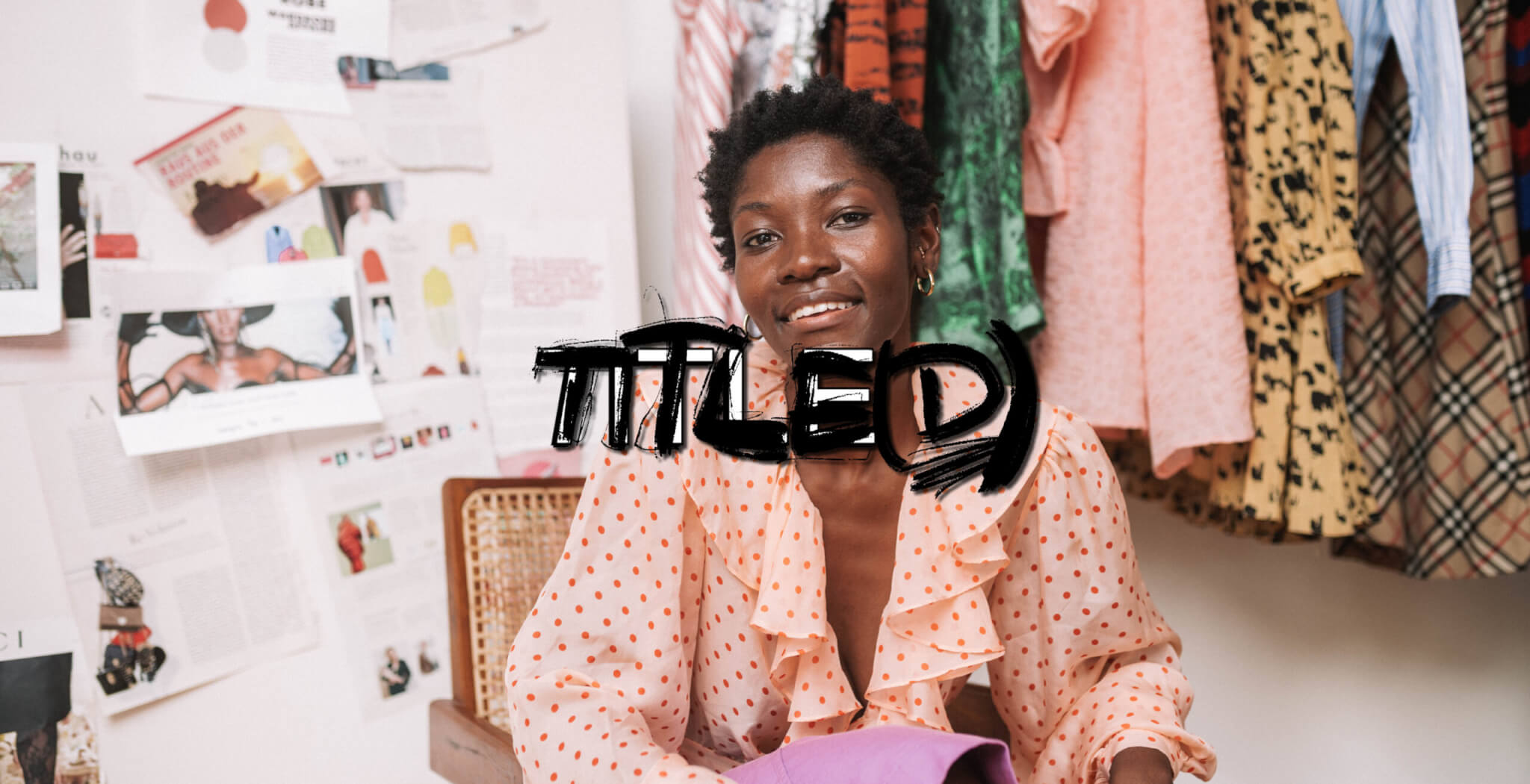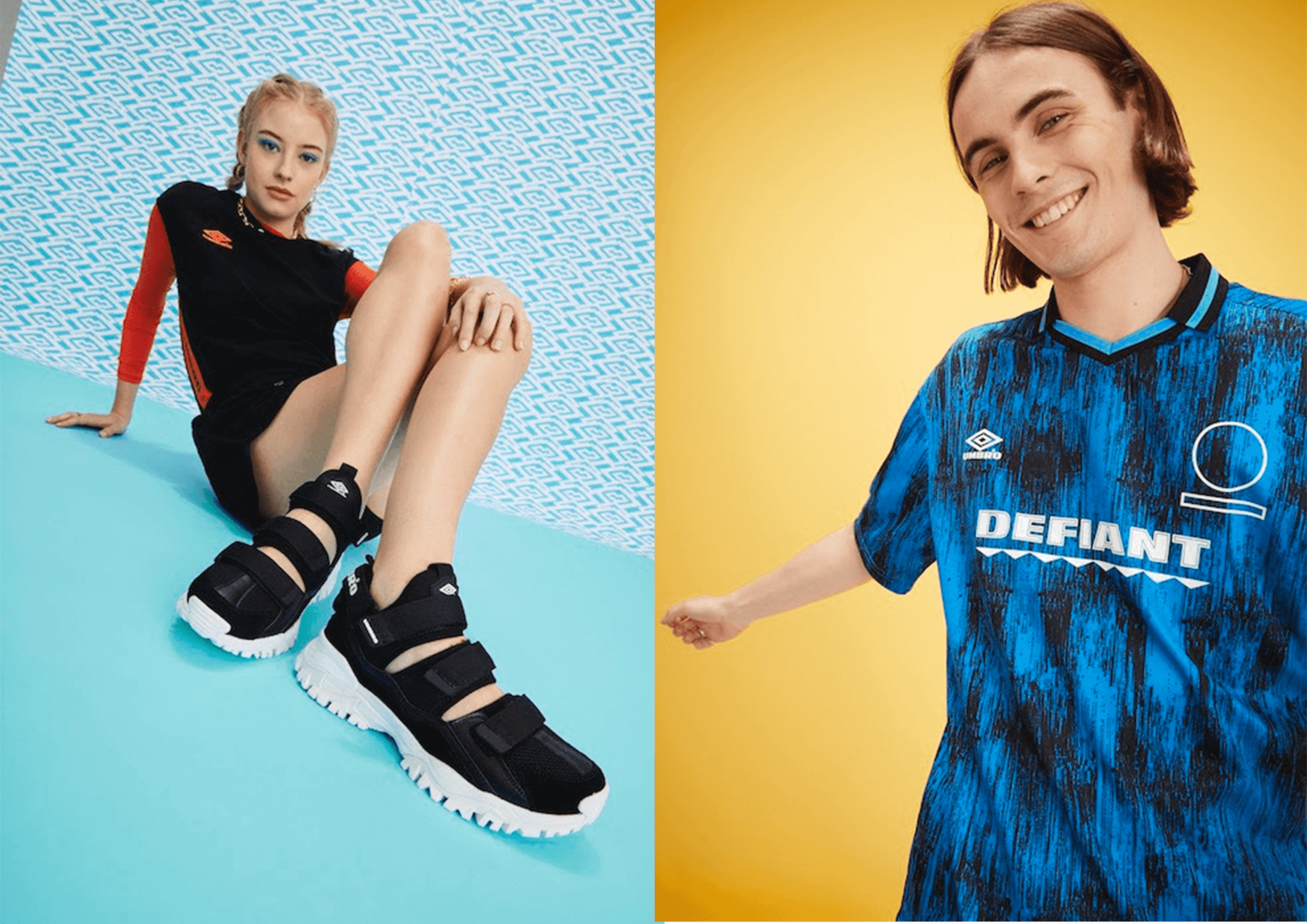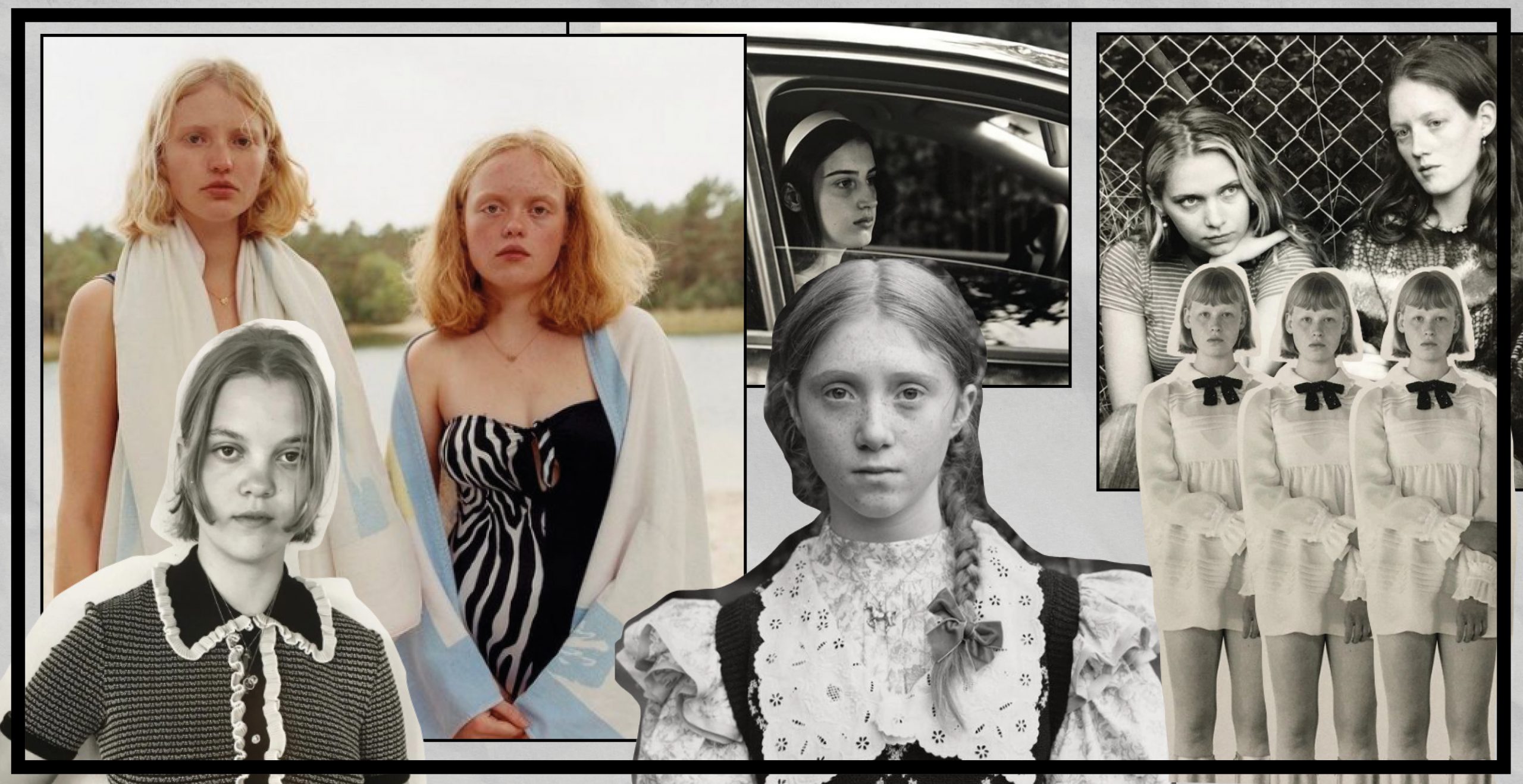The Importance of Sustainability in Fashion
You’ve likely heard the term “fast fashion” before, but might not be familiar with everything it encompasses. It’s hard to only pinpoint a single issue with this trend, when its negative impact on sustainability is so far-reaching, from the harmful effects of overconsumption to the exploitation of workers and resources.
Fast fashion pieces are often “not made to last and ultimately end up as waste that can’t be recirculated anymore,” says Ivana Perbi founder of Berlin-based fashion rental platform Ward’ROBE Affaire, who lend and rent designer fashion. As they fall apart quickly, consumers race to buy more, leading to cycles of waste. “There’s a massive overconsumption due to all those fast fashion garments,” says sustainable brand Avenir.
“Every year, the fashion industry produces and sells somewhere between 80 billion and 150 billion garments globally. Around three-fifths of all clothing produced ends up in incinerators or landfills”.
— Ivana Perbi
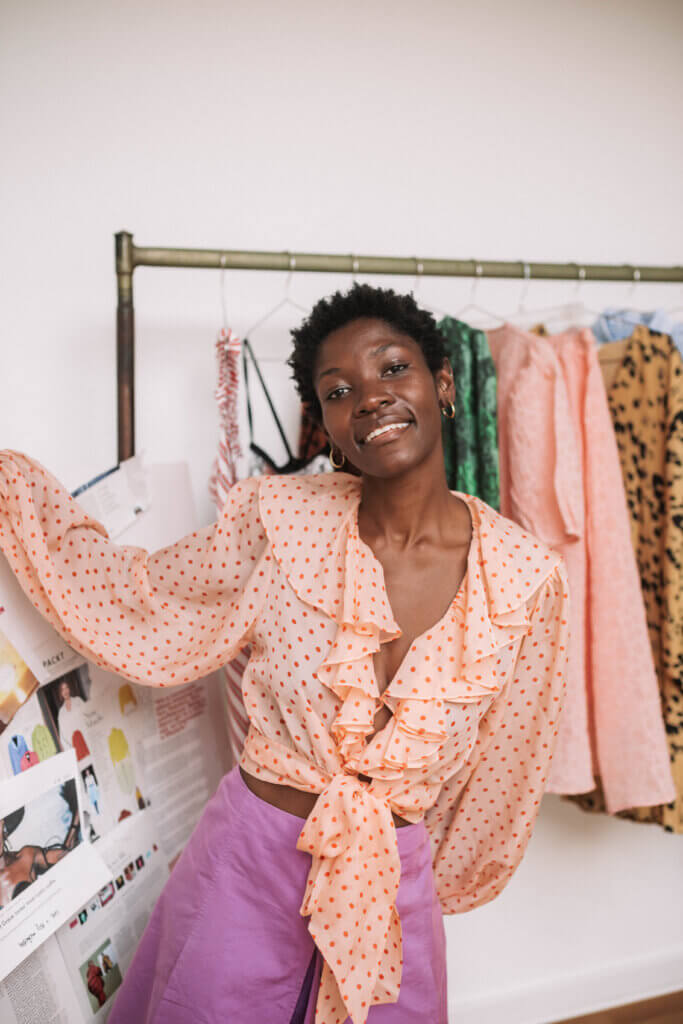
Keeping clothing out of landfills also comes with its own problems. Imagine picking up a piece of fast fashion, then thrifting that piece of clothing. Are you in the clear? Not quite. Look back at the production cycle, and you’ll see a series of issues. Before they even make it into your hands, these pieces are already mired in exploitative practices and environmental damage. A 2019 UN report stated that “93 billion cubic meters of water, enough for 5 million people to survive, is used by the fashion industry every year.”
“The dyeing process uses enough water to fill 2 million Olympic-sized swimming pools each year,”
says slow fashion designer, art director, and environmentalist Lars Gödeke.
Exploitative labor practices that target BIPOC communities are another layer of the fast-fashion problem. “One in six people worldwide work in the fashion industry. Less than 2% receive a living wage. They are mostly [non-white] women and even children,” says the bestselling author of “Fashionopolis: The Price of Fast Fashion and the Future of Clothes”
Dana Thomas, partnered with EDOGOODS for this interview. Fast fashion brands continue to be called out over mistreatment of employees, whether that entails underpaying them or expecting them to work under unsafe or unfair conditions.
As consumers, shopping fast fashion can sometimes seem like an unavoidable situation. Price point, accessibility, and size ranges can all seem like obstacles to creating a more sustainable wardrobe. But as brands work toward addressing these concerns, we as consumers have also begun creating a shift in how we shop and wear clothes.
So, how can we shop more sustainably and who can we hold accountable to enact change? Below, business owners and entrepreneurs in sustainable fashion share potential solutions we can undertake together.
How can we make an impact as consumers?
“Buy local, check out what your friends and neighbors can do. That way your money stays in the neighborhood and doesn’t support practices you wouldn’t support if you saw them in front of you” (EDOGOODS).
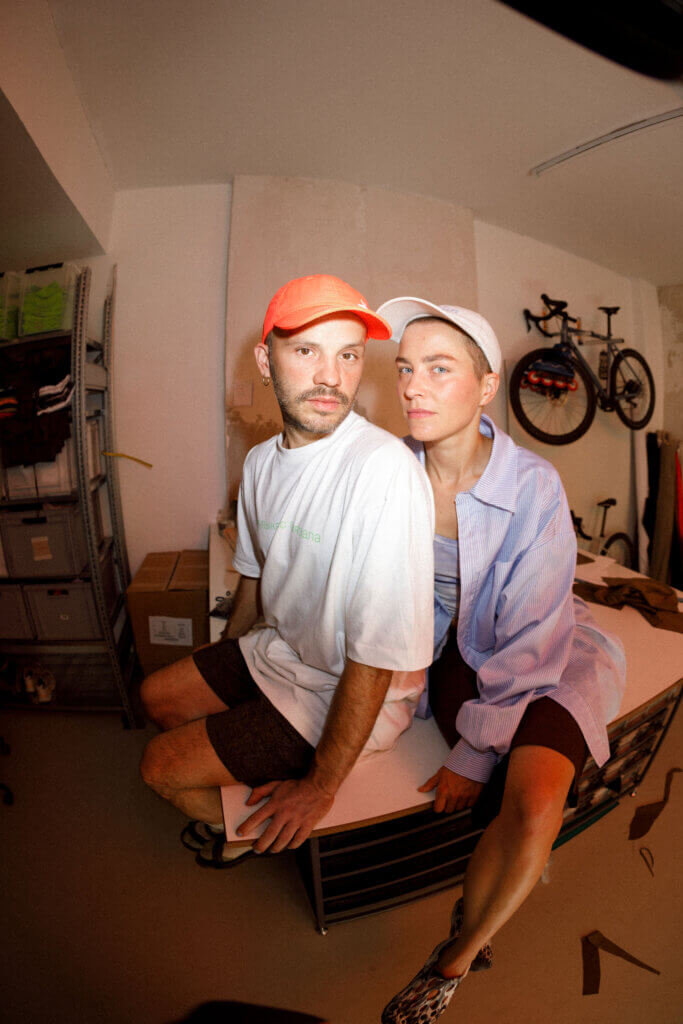
“Educate yourself on the issues you are causing (maybe even unconsciously). I would recommend starting small, taking one part of your process, and making it more sustainable. It is natural that change is not easy and takes time, work, and also money but you and our world will be happy about it in the end!” says fashion designer Rosa, founder of recycling and upcycling brand SF1OG (“Seitenflügel 1. Obergeschoss“).
“The ultimate answer is to use what is already there. Worn but usable garments like denim are great resources for (re)creating something new. We believe that upcycling is the most sustainable way of producing fashion” (AVENIR).
How can big corporations and brands be more sustainable?
“Slow fashion is based on demand. Products are created at the pace they need to be at the price that reflects their work and worth. Work transparently, without large marketing budgets, middlemen, and with the shortest possible supply chains. Learn to value clothing again. We turn away from the contrived ephemerality of fashion trends and make few—but high quality—products for daily use for years.” (EDOGOODS).
“With World Supporting Goods, we have a rising role model for a conscious way to wear while facing environmental issues. The profits go to projects and organizations for actual environmental change at sea and land.” (Lars G.).
“I work with recycled materials, taking apart pre-owned garments or using dead stock. If we are creating a piece that is not one-of-a-kind, we look for fabrics that are produced preferably in the EU or that cause low damage to the environment. This could mean organic fabrics or non-mixed fiber materials like 100% cotton or viscose. The big issue with mixed fibers is that these will not be recyclable.” (SF1OG (Rosa)).
“The big issue with mixed fibers is that these will not be recyclable.”
— ROSA SF1OG

“By giving the opportunity to lend out your own wardrobe, I hope that consumers will focus on high quality that lasts them for a long time whenever they purchase something new and see it more as an investment. I hope that more people will use the massive amount of clothes we already have in all our wardrobes rather than buying new and wearing ones.” (Ward’ROBE).
Quotes have been edited and condensed for clarity.








